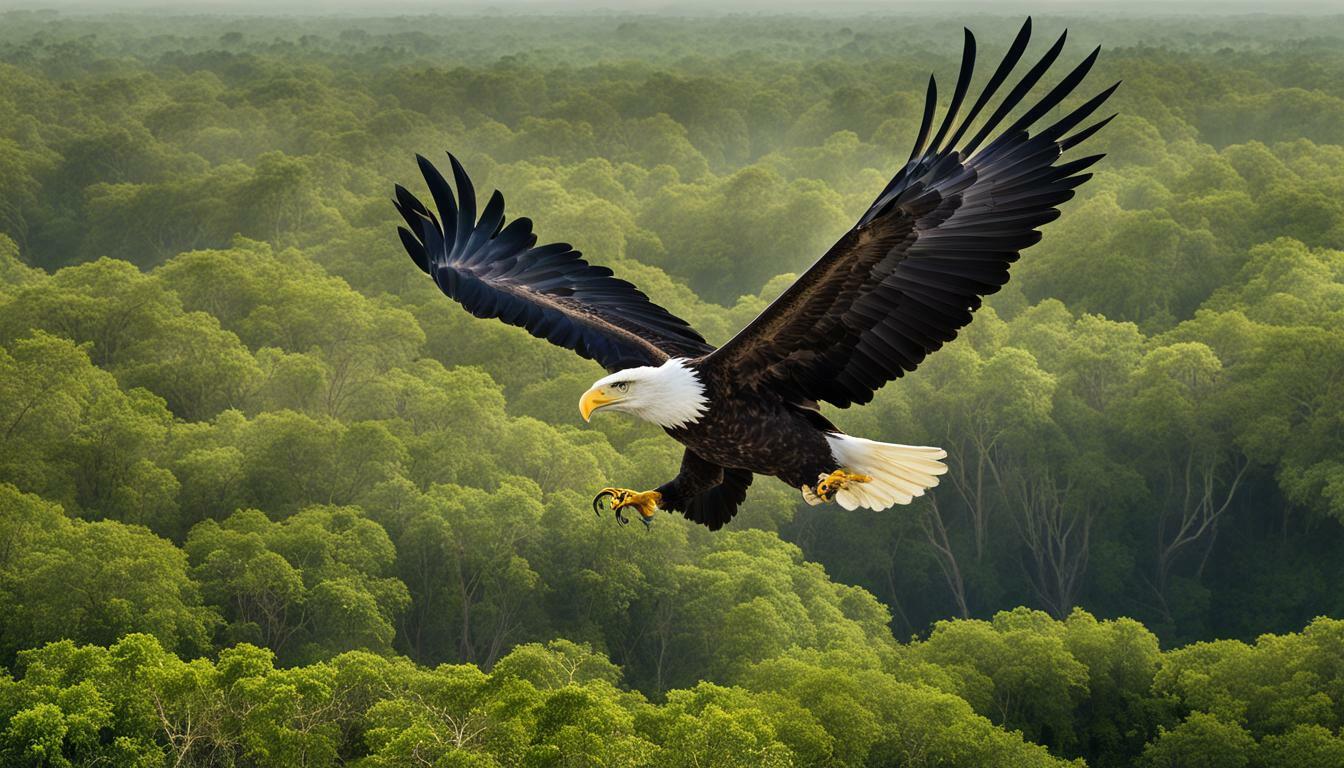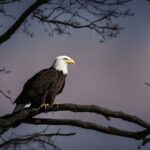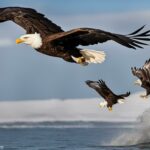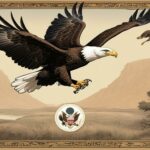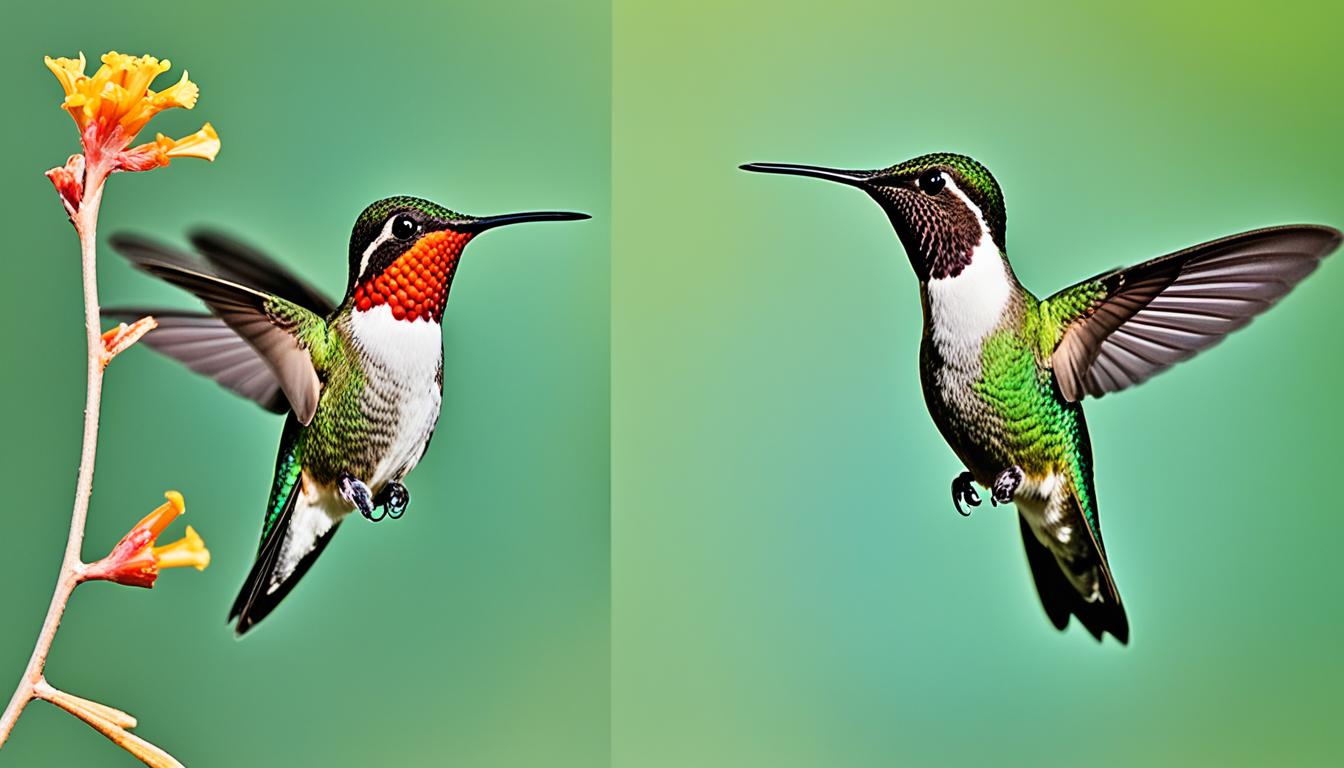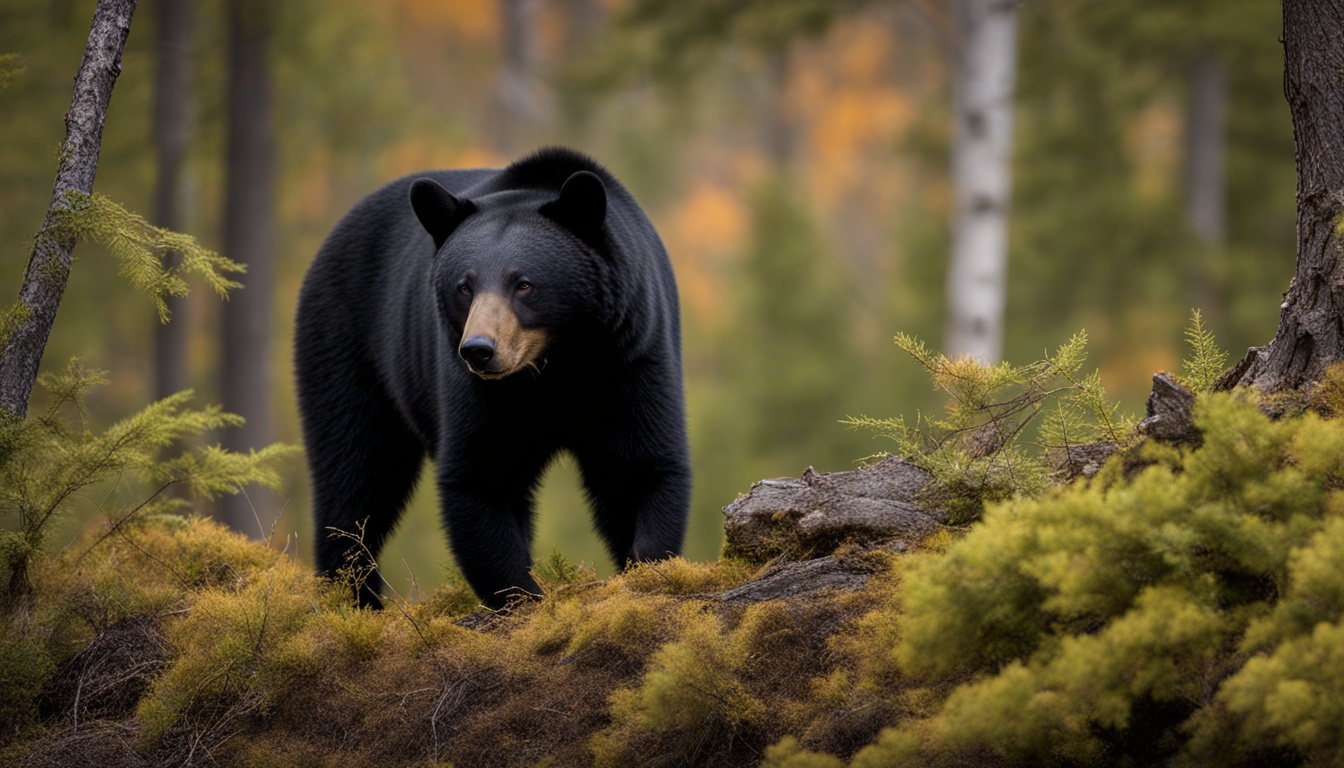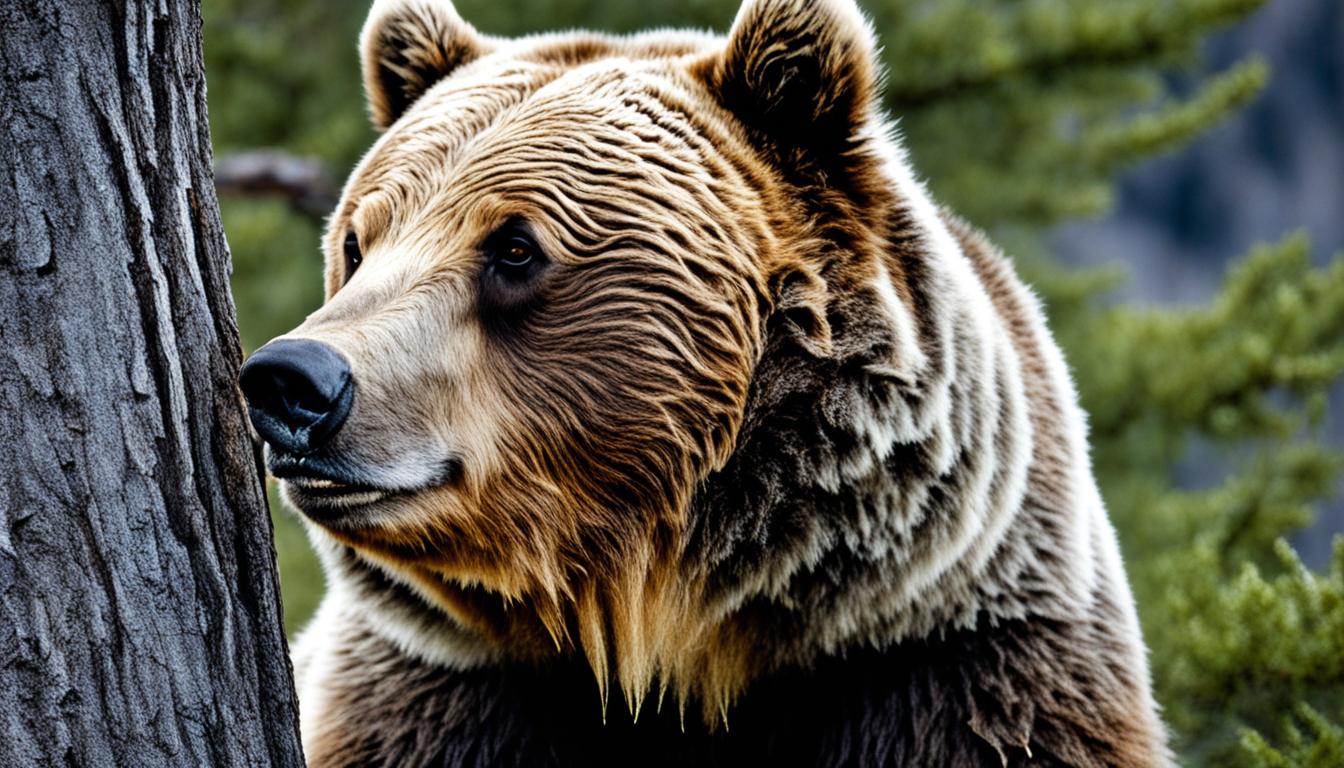If you’ve ever spotted a majestic bald eagle in the skies of Florida, you may be wondering if these birds are protected by law. The answer is yes! Bald eagles are not only a symbol of American pride and freedom but also a treasured species that requires protection to thrive.
In this guide, you will learn about the various laws and conservation efforts in place to protect bald eagles in Florida, as well as ways you can help support their preservation. So, let’s dive into the world of bald eagle protection!
Key Takeaways:
- Bald eagles are protected by law in Florida
- The Endangered Species Act and other regulations help protect them
- Conservation efforts and reporting violators are important for their preservation
Understanding the Endangered Species Act in Florida
If you’re wondering if bald eagles are protected in Florida, you need to understand the Endangered Species Act (ESA). This federal law protects wildlife that are in danger of extinction, including bald eagles.
The ESA was enacted in 1973 and is managed by the U.S Fish and Wildlife Service. It prohibits the capture, killing, or harm of any bald eagle, their nests, or eggs. Violations of the ESA can result in hefty fines and even imprisonment.
The Bald and Golden Eagle Protection Act
In addition to the ESA, Florida also has its own state laws protecting bald eagles. The most important of these is the Bald and Golden Eagle Protection Act (BGPA). This law makes it illegal to take, possess, sell, or transport a bald eagle or its parts without proper permits.
The BGPA also protects bald eagle nests and breeding territories, and it is illegal to disturb or destroy them. This law is essential in protecting the bald eagle population in Florida and ensuring its long-term survival.
Laws Protecting Bald Eagles in Florida
If you’re wondering whether bald eagles are protected in Florida, the answer is a resounding “yes.” Bald eagles are protected under both federal and state law, including the Endangered Species Act and the Bald and Golden Eagle Protection Act.
The Endangered Species Act (ESA), which was enacted in 1973, is intended to protect and conserve endangered and threatened species and their habitats. It provides legal protections for species listed as endangered or threatened, as well as for their critical habitats. In Florida, the bald eagle is listed as a state threatened species and is also protected under the ESA.
The Bald and Golden Eagle Protection Act (BGEPA) was passed in 1940 to protect bald eagles and golden eagles from hunting, poaching, and disturbance. Under the BGEPA, it is illegal to kill, take, or harass bald eagles, as well as to disturb their nests or eggs, without a permit.
| Law | Protection Provided |
|---|---|
| Endangered Species Act (ESA) | Legal protection for endangered and threatened species and their habitats. |
| Bald and Golden Eagle Protection Act (BGEPA) | Protection from hunting, poaching, disturbance, and destruction of nests or eggs. |
These laws are enforced by the U.S. Fish and Wildlife Service (USFWS), which investigates and prosecutes violations of both the ESA and the BGEPA. Penalties for violating these laws can include fines, imprisonment, or both.
Florida’s Bald Eagle Management Plan
In addition to federal protections, Florida has its own Bald Eagle Management Plan, which outlines specific measures for conserving and managing bald eagle populations and habitats in the state. The plan establishes guidelines for monitoring and protecting nests, managing habitat, and mitigating impacts from development and other activities.
The Florida Fish and Wildlife Conservation Commission (FWC) is responsible for implementing and enforcing the Bald Eagle Management Plan and works closely with other agencies and organizations to ensure the long-term viability of bald eagle populations in Florida.
“The legal protections and conservation efforts in place for bald eagles in Florida are vital to their survival and recovery. By working together to protect these magnificent birds and their habitats, we can ensure that they continue to thrive for generations to come.”
Laws Protecting Bald Eagles in Florida
Bald eagles are protected under several federal and state laws, including the Endangered Species Act, the Bald and Golden Eagle Protection Act, and the Migratory Bird Treaty Act.
The Endangered Species Act (ESA) is a federal law that protects threatened or endangered species and their habitats. Since bald eagles were listed as an endangered species in 1967, the ESA has provided critical protection for the species. In 2007, the bald eagle was removed from the list of endangered and threatened species, but it remains protected under the ESA.
The Bald and Golden Eagle Protection Act (BGEPA) is a federal law that prohibits the take, possession, sale, purchase, barter, offer to sell, transport, export or import of bald eagles and their parts, nests, or eggs. The BGEPA provides criminal penalties for violations of the act.
The Migratory Bird Treaty Act (MBTA) is a federal law that protects migratory birds, including bald eagles. The MBTA prohibits the take, possession, import, export, transport, sale, purchase, barter, or offer for sale of migratory birds or their parts, nests, or eggs. Violations of the MBTA can result in criminal penalties.
In Florida, bald eagles are also protected under state law. The Florida Fish and Wildlife Conservation Commission (FWC) regulates and enforces the state’s bald eagle protection laws. It is illegal to harm, harass, or disturb bald eagles or their nests in Florida. Violations of state law can result in criminal penalties, including fines and imprisonment.
| Law | Protected Entity | Penalties for Violations |
|---|---|---|
| Endangered Species Act | Bald eagles | Civil and criminal penalties |
| Bald and Golden Eagle Protection Act | Bald eagles and their parts, nests, or eggs | Criminal penalties |
| Migratory Bird Treaty Act | Migratory birds, including bald eagles, and their parts, nests, or eggs | Civil and criminal penalties |
| Florida state law | Bald eagles | Criminal penalties including fines and imprisonment |
Bald Eagle Habitat in Florida
Bald eagles require a specific habitat to thrive in Florida. These birds of prey are commonly found near bodies of water such as rivers, lakes, or coastal areas. They prefer tall trees that provide a clear view of the surrounding area to nest, roost, and perch.
The state of Florida recognizes the importance of bald eagle habitat conservation and has implemented various programs to protect it. The Florida Fish and Wildlife Conservation Commission (FWC) offers landowners financial and technical assistance to restore and enhance bald eagle habitat on their property. Additionally, the FWC works with state and federal agencies to ensure the protection of bald eagle nesting sites during land development and management projects.
| Key features of bald eagle habitat in Florida: |
|---|
| Large bodies of water (rivers, lakes, and coastal areas) |
| Tall trees for nesting, roosting, and perching. Bald eagles may also use communication towers and artificial structures for nesting. |
| Minimal human disturbance and development, including minimal noise and light pollution |
Protecting bald eagle habitat is crucial to the success of conservation efforts in Florida. Habitat loss, fragmentation, and degradation are major threats to the bald eagle population. These threats can impact the availability of prey, nesting sites, and roosting areas, which can ultimately affect the survival and reproduction of these birds.
By supporting conservation initiatives and protecting bald eagle habitat, individuals can help ensure the survival of these majestic birds of prey for future generations to enjoy.
Threats to Bald Eagles in Florida
Bald eagles are a symbol of freedom and strength. Unfortunately, these magnificent birds face a number of threats in Florida. Understanding these threats is crucial to preserving their population and their habitat.
Human Interference
Human activities such as logging, mining, and urbanization can lead to habitat loss for bald eagles in Florida. The destruction of their habitat can force the eagles to seek new, less suitable habitats that may put them at greater risk of predation and other threats.
In addition to habitat loss, human activities such as poaching, hunting, and egg collecting pose direct threats to bald eagles in Florida. These activities are illegal and can result in severe penalties, including hefty fines and imprisonment. It is important to report any suspected violations to authorities immediately.
Contamination
Contamination from chemicals and pollutants is another significant threat to bald eagles in Florida. Pesticides and other harmful chemicals can accumulate in the food chain and ultimately cause harm to the eagles. Contamination can also lead to reproductive problems and weaken the overall health of the population.
It is important to be aware of the chemical products you use in your daily life and to dispose of them properly. Additionally, avoid dumping chemicals or waste into water sources, as this can lead to contamination of the eagles’ habitat.
Climate Change
Climate change is a global issue that affects many species, including bald eagles in Florida. Rising temperatures, droughts, and sea level rise can all impact the eagles’ habitat and food sources. Climate change is also linked to more frequent and severe storms, which can cause damage to the eagles’ nests and young.
It is important to take steps to reduce your carbon footprint and advocate for policies that address climate change. Simple actions such as using energy-efficient light bulbs, reducing your car use, and supporting renewable energy can all make a difference in mitigating the effects of climate change.
How to Report Bald Eagle Violations in Florida
If you witness any violation of bald eagle protection laws in Florida, it’s important to report it as soon as possible. By reporting illegal activities, you can help protect these majestic birds and ensure that those who break the law are held accountable. Here are the steps to follow:
- Take note of the details: Record the date, time, and location of the violation and any other relevant information. Take photos or videos if possible, but do not put yourself in harm’s way to do so.
- Contact the authorities: Call the Florida Fish and Wildlife Conservation Commission’s Wildlife Alert Hotline at 888-404-FWCC(3922) or report online at the FWC website. You can also contact your local law enforcement agency.
- Provide information: Be prepared to provide the details you recorded, including the location and description of the violator(s).
- Follow up: If you don’t receive a response or resolution within a reasonable amount of time, follow up with the authorities to ensure your report is being investigated.
Remember, it is illegal to harm, disturb, or kill bald eagles in Florida. Your contribution to reporting violations can make a significant impact on the protection and conservation of this species.
Supporting Bald Eagle Conservation in Florida
As a resident of Florida, you can play a vital role in protecting the state’s bald eagle population. Here are some ways you can get involved.
Support Conservation Organizations
Consider donating to wildlife conservation organizations that work to protect bald eagles and their habitats. Groups like the Audubon Society and the Florida Fish and Wildlife Conservation Commission rely on generous donations to fund their programs.
Volunteer Your Time
Volunteering your time with local conservation organizations is a great way to make a difference. You can participate in clean-up efforts, assist with bird counts, and help monitor bald eagle populations.
Create a Safe Environment
You can also support bald eagle conservation by creating a safe environment for them to thrive. This means properly disposing of trash and not using pesticides. Additionally, you should avoid feeding wild animals as this can disrupt the natural balance of their habitats.
Educate Others
Spread awareness about the importance of protecting bald eagles by educating your friends and family. Encourage them to get involved in conservation efforts and explain the impact of human behavior on wildlife.
Report Violations
If you witness any violations of the laws protecting bald eagles, such as harassment or destruction of nests, report them immediately. You can contact the Florida Fish and Wildlife Conservation Commission’s Wildlife Alert hotline at 1-888-404-FWCC to report any suspicious activity.
By taking these simple steps, you can contribute to the conservation of bald eagles in Florida and help ensure that they continue to thrive in their natural habitat.
Conclusion
Congratulations! You are now well-informed about the protection of bald eagles in Florida. Remember, bald eagles are a symbol of our nation and play a crucial role in Florida’s ecosystem.
It’s essential to protect these majestic birds and their habitat, and you can do your part by reporting any illegal activities involving bald eagles.
You can also support conservation efforts by volunteering with local wildlife organizations or making a donation. Every little bit helps!
Thank you for taking the time to learn about the laws and regulations protecting bald eagles in Florida. Together, we can ensure these magnificent creatures continue to soar through our skies for generations to come.
Are Bald Eagles Protected in Mexico like they are in Florida?
Bald eagle conservation in mexico is not as robust as in Florida. While bald eagles are protected in Mexico, they do not receive the same level of attention and conservation efforts. Florida is home to numerous bald eagle nests and strict regulations to safeguard their habitat, ensuring their population thrives.
FAQ
Q: Are bald eagles protected in Florida?
A: Yes, bald eagles are protected in Florida under state and federal laws.
Q: What are the bald eagle protection laws in Florida?
A: The primary law protecting bald eagles in Florida is the Endangered Species Act, which makes it illegal to harm or disturb them or their nests.
Q: How does the Endangered Species Act apply to bald eagles in Florida?
A: The Endangered Species Act classifies bald eagles as a threatened species in Florida, meaning they are at risk of becoming endangered. This provides additional protections and regulations to ensure their conservation.
Q: What other laws protect bald eagles in Florida?
A: In addition to the Endangered Species Act, Florida has laws that prohibit harming or disturbing bald eagles or their nests, as well as laws that protect their habitat.
Q: What conservation efforts are in place for bald eagles in Florida?
A: There are various organizations and initiatives focused on preserving the bald eagle population in Florida, including habitat restoration, nest monitoring, and educational programs.
Q: What is the ideal habitat for bald eagles in Florida?
A: Bald eagles prefer to nest near large bodies of water, such as lakes or rivers, with plenty of surrounding trees for perching and hunting. They need undisturbed areas with minimal human activity.
Q: What are the threats to bald eagles in Florida?
A: Some of the main threats to bald eagles in Florida include habitat loss, pollution, collisions with power lines, and illegal activities like shooting or disturbing their nests.
Q: How can I report bald eagle violations in Florida?
A: If you witness any violations or illegal activities involving bald eagles in Florida, you should report them to the Florida Fish and Wildlife Conservation Commission’s Wildlife Alert hotline at 888-404-FWCC (3922).
Q: How can I support bald eagle conservation in Florida?
A: There are several ways you can support bald eagle conservation in Florida, such as volunteering with local conservation organizations, supporting habitat restoration projects, and spreading awareness about the importance of protecting these magnificent birds.

